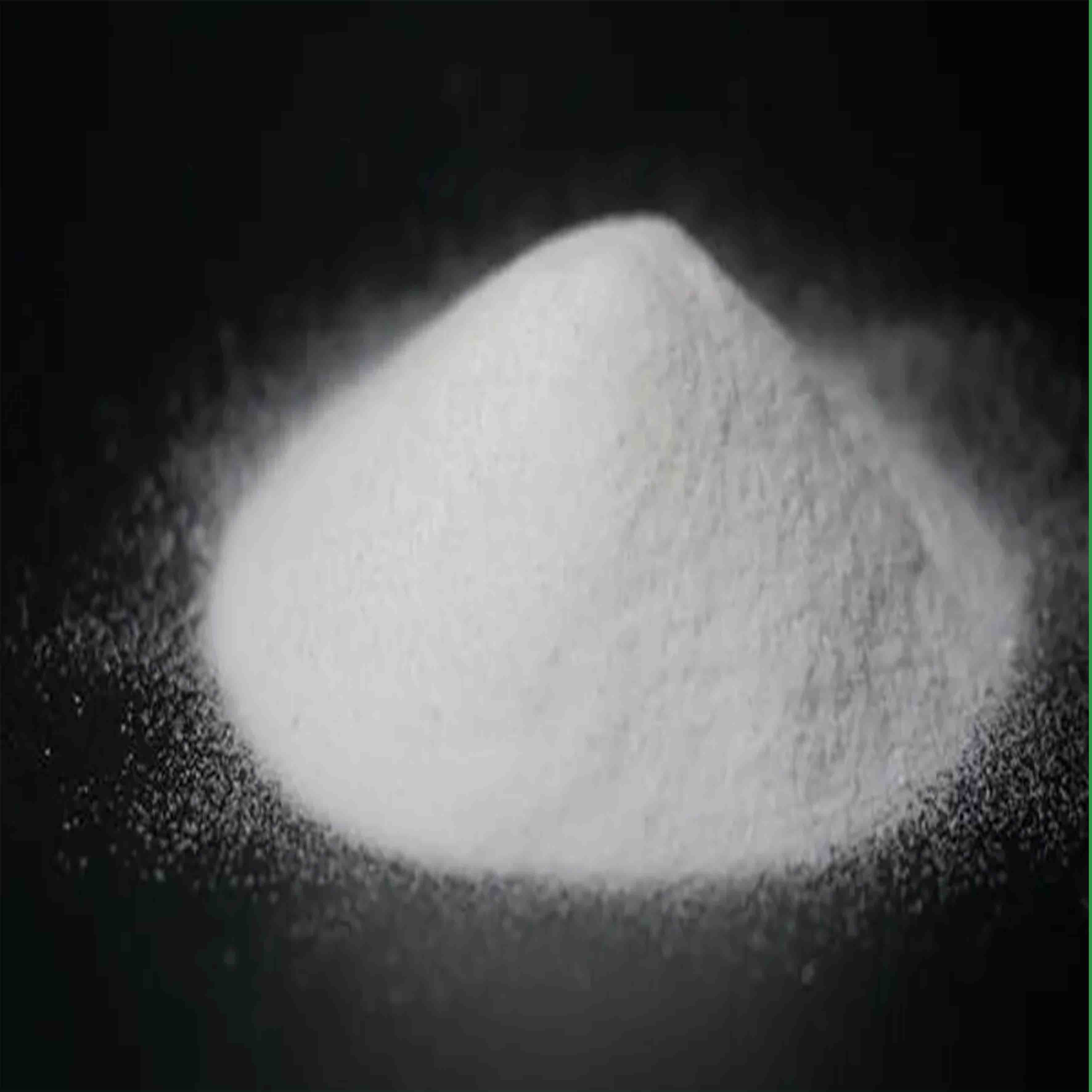
Nov . 28, 2024 05:45 Back to list
Exploring the Medical Applications and Industrial Production of Titanium Dioxide
The Medical Use of Titanium Dioxide A Multifaceted Approach
Titanium dioxide (TiO2) has long been recognized for its versatile applications across various industries, from paints and cosmetics to food and pharmaceuticals. Among its many uses, titanium dioxide has emerged as a promising material in the medical field. Its unique properties, including biocompatibility, non-toxicity, and photocatalytic capabilities, have opened up new avenues in medical applications. This article explores the role of titanium dioxide in medicine, the manufacturing processes involved in producing TiO2 for medical use, and the future potential of this remarkable compound.
Properties of Titanium Dioxide
One of the compelling reasons for the increasing interest in titanium dioxide in the medical field is its remarkable properties. TiO2 is biocompatible, meaning it can coexist with living tissue without inducing harmful reactions. This property is crucial in medical applications, especially in implants and prosthetics. Moreover, TiO2 is non-toxic and has been extensively studied for use in drug delivery systems, wound healing, and cancer treatment. The compound’s photocatalytic nature allows for the generation of reactive oxygen species when exposed to ultraviolet light, which can help in sterilizing surfaces and degrading harmful pathogens.
Medical Applications
1. Implants and Prosthetics Titanium dioxide is utilized in orthopedic and dental implants due to its excellent mechanical strength and corrosion resistance. Studies have shown that TiO2 coatings on implants promote better osseointegration, which is the direct structural and functional connection between living bone and the surface of an implant.
2. Wound Healing The photocatalytic properties of titanium dioxide have been harnessed for wound healing applications. TiO2 can be used in coatings for bandages and wound dressings to prevent infections through its ability to generate reactive oxygen species that can kill bacteria and promote healing by enhancing cell proliferation.
3. Drug Delivery Systems Titanium dioxide nanoparticles are being explored as carriers for drug delivery. Their stability, biocompatibility, and the ability to be easily functionalized make them ideal for transporting therapeutic agents directly to targeted sites in the body, thereby reducing side effects and improving treatment efficacy.
4. Cancer Treatment Researchers have investigated the use of titanium dioxide in photodynamic therapy for cancer treatment. By combining TiO2 with photosensitizing agents, it is possible to selectively destroy cancer cells when exposed to light, thereby reducing damage to surrounding healthy tissues.
medical use of titanium dioxide factories

Manufacturing Processes
The production of titanium dioxide for medical applications involves several steps, each requiring precision to ensure the material's purity and functionality. Common manufacturing methods include the sulfuric acid method and the chloride process.
1. Sulfuric Acid Method This involves the sulfate digestion of titanium ore (ilmenite), followed by crystallization and calcination steps to produce titanium dioxide pigment, which can then be purified for medical use.
2. Chloride Process Considered more efficient and environmentally friendly, this method starts with titanium ore that is reduced to titanium tetrachloride. This is then oxidized to form titanium dioxide. The chloride process yields high-purity TiO2, making it more suitable for medical applications.
Manufacturing facilities that focus on the production of TiO2 for medical uses must adhere to strict regulatory standards to ensure the safety and efficacy of the final products. Quality control, contamination prevention, and adherence to sterile conditions are all critical in the production process.
Future Potential
The future of titanium dioxide in the medical field appears bright. Ongoing research is aimed at enhancing the functionality of TiO2 nanoparticles, exploring their applications in targeted therapies, and improving their suitability for various biomedical applications. As the demand for innovative materials in medicine continues to grow, titanium dioxide will likely play a pivotal role in the advancement of medical technologies.
In conclusion, titanium dioxide's unique properties and versatility make it an invaluable material in the medical field. From enhancing the performance of implants to pioneering new drug delivery systems and therapeutic approaches, the potential applications of TiO2 are vast and varied. Continued research and advancements in manufacturing techniques will further solidify titanium dioxide's position as a leading material in medical applications, promising a future where its benefits can be fully realized in improving patient outcomes.
-
13463-67-7 Titanium Dioxide Using for Coating Supplier – High-Quality Rutile TiO2 for Paints
NewsJul.26,2025
-
High-Quality Titania TiO2 from Leading China Suppliers & Factories
NewsJul.25,2025
-
High Quality Titania TiO2 from Leading China Manufacturer and Supplier
NewsJul.24,2025
-
High-Quality Titanium Dioxide 298 for Versatile Industrial Applications
NewsJul.23,2025
-
High-Quality Titanium Dioxide for Pigments & Industrial Applications
NewsJul.22,2025
-
Premium Titanium Dioxide E Grade | Bright & Cost-Effective
NewsJul.21,2025
